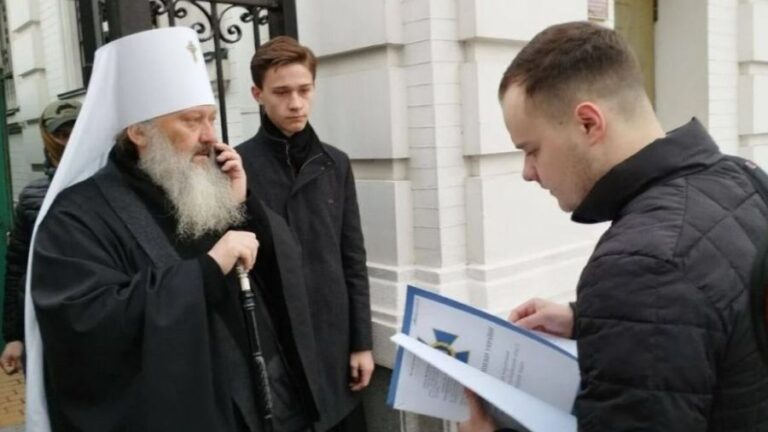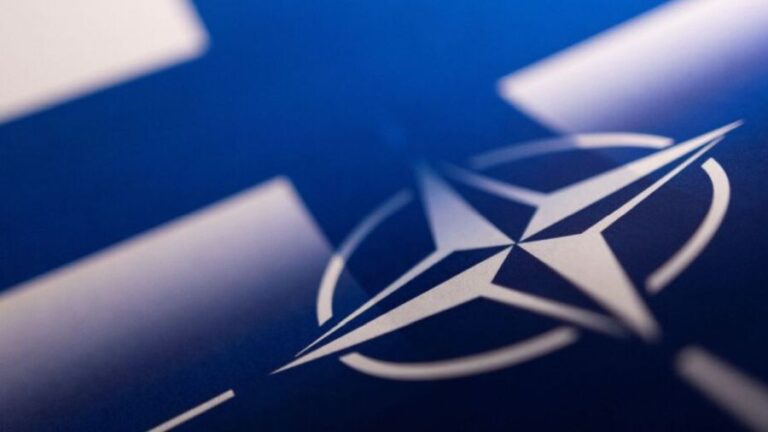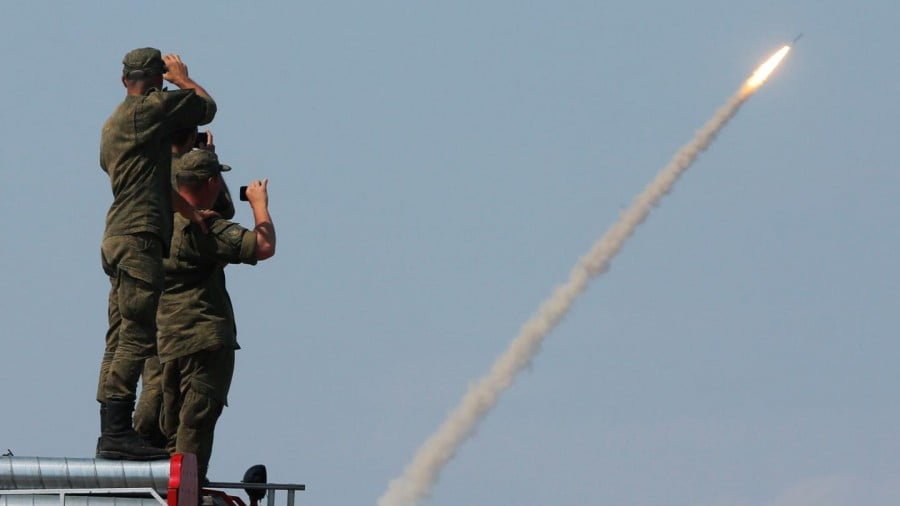NATO Summit: President Trump Has His Way to Promote ‘America First’ Agenda
NATO formally joins the anti-Islamic (IS) coalition in Syria and Iraq. The decision was taken at the May 25 summit bringing together President Trump and his European allies. The alliance also pledged more troops on non-combat missions in Afghanistan.
Finally, this event will go down in history as the first NATO summit when a US president failed to specifically reiterate America’s commitment to Article 5 – the bedrock of the alliance – as every president before him has done! Everything happens for the first time. Did he do it on purpose to convince the allies to raise expenditure or was it an oversight? That’s anyone’s guess.
At the same time, President Trump did not forget to put hard pressure on the allies to make them pledge an increase in defense spending to at least 2% of GDP. Despite the fact that the contributions are voluntary and a target of spending 2% of GDP on defense is only a guideline, the US president pointed out that «massive amounts of money» were owed, expressing his concern that other members of the alliance are not paying enough. The alliance agreed that member-states would report back annually on defense spending in the interests of transparency. With roughly 70% of weapons acquired by NATO members from the US, the increase means more working places in America, the same way the $110 deal with Saudi Arabia does. President Trump remains true to the “America First” guideline.
Actually, Russia was absent from the list of main topics though President Trump mentioned it among the threats faced by the alliance saying «The NATO of the future must include a great focus on terrorism and immigration, as well as on threats from Russia and on NATO’s eastern and southern borders». But it was terrorism, not Moscow that he was mainly concerned about.
The increase in spending is an old theme discussed in so many ways on so many days. The summit was held out of turn to make new leaders – Donald Trump, Emmanuel Macron and Theresa May – meet each other and other heads of states. But NATO formally joining the anti-IS effort was presented as a momentous event in the history of the alliance. Is it really a game changing turn of events or just a symbolic gesture?
The decision is mainly political. NATO Secretary General Jens Stoltenberg emphasized there will be no boots on the ground and no combat role. But with a large international organization formally joining the effort, the mission becomes more legitimate from point of view of international law and more appealing to American voters.
NATO will set a new intelligence cell. From now on, AWACS intelligence gathering aircraft will move from airspace surveillance to airspace management, but nothing like a NATO operation in the region is in the works. Many members of the alliance already take part in the US-led coalition but the support role is mainly confined to each member allocating a small number of aircraft. Few nations, like the UK, France and Norway, have special operators on the ground. With the US bearing the brunt of the mission, the alliance’s contribution is of limited scope.
By and large, the summit was a Trump show. He got what he wanted – the pledge to boost the financial burden and increas the NATO involvement in Afghanistan, Syria and Iraq. The president found unusual ways to demonstrate the fact that his country is the first among equals. But America got very little in pure practical terms.
It bring us back to the days of the 9/11 tragedy. It was the first and only time NATO invoked Article 5 of the Washington Treaty saying an attack on one member is an attack against all of them. So what? The Alliance’s power projection capabilities were limited enough to prevent it from a real contribution into the global fight. The intelligence sharing produced little effect. Those days, it was a common opinion that Russia had to offer much more than NATO.
The same way, in Syria and Iraq Russia can offer much more than the allied nations. It has a lot to give as a partner in intelligence sharing and no concept of de-escalation or safe zones can be implemented without it. Only Russia and nobody else can be a mediator between the US and Iran or the US and the government of Assad.
NATO has been in Afghanistan for roughly 16 years. There were surges and reductions, changes of tactics and strategies. What has it resulted in? This month, the government of Afghanistan asked Russia again to lend a helping hand in the lurch. It’s an open secret that the NATO operation there ended up in complete failure. The Afghan government needs Russian aid and openly says so.
Donald Trump’s presidency is in dire straits. He still can become a great president to be remembered for his achievements. A foreign policy success is more easily achievable than pushing new bills through the Congress where opposition is strong. The NATO summit pledging increased spending and military involvement is a limited propaganda success but not a big stride forward to improve his position. Progress in finding a peaceful settlement in Syria or pushing the IS and the Taliban back in Afghanistan will provide the best possible hike for the president’s ratings.
NATO officially involved in anti-IS operations is not very relevant but the desired progress can be achieved in cooperation with Russia. And it cannot be achieved without it. Perhaps, Donald Trump understands it well and that’s why this time Russia was not demonized and painted as a fall guy responsible for all the troubles in the world. According to NATO Secretary General Jens Stoltenberg, «we remain open to dialogue with Russia, to increase transparency and reduce risks». Perhaps, President Trump failed to mention Article 5 simply for the reason that he does not really view Russia as a threat but rather a partner. But he still needs the bogey to press allies into increasing expenditure to benefit his country.
By Peter Korzun
Source: Strategic Culture







